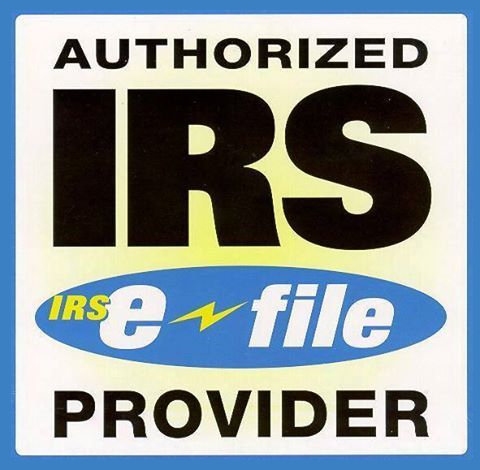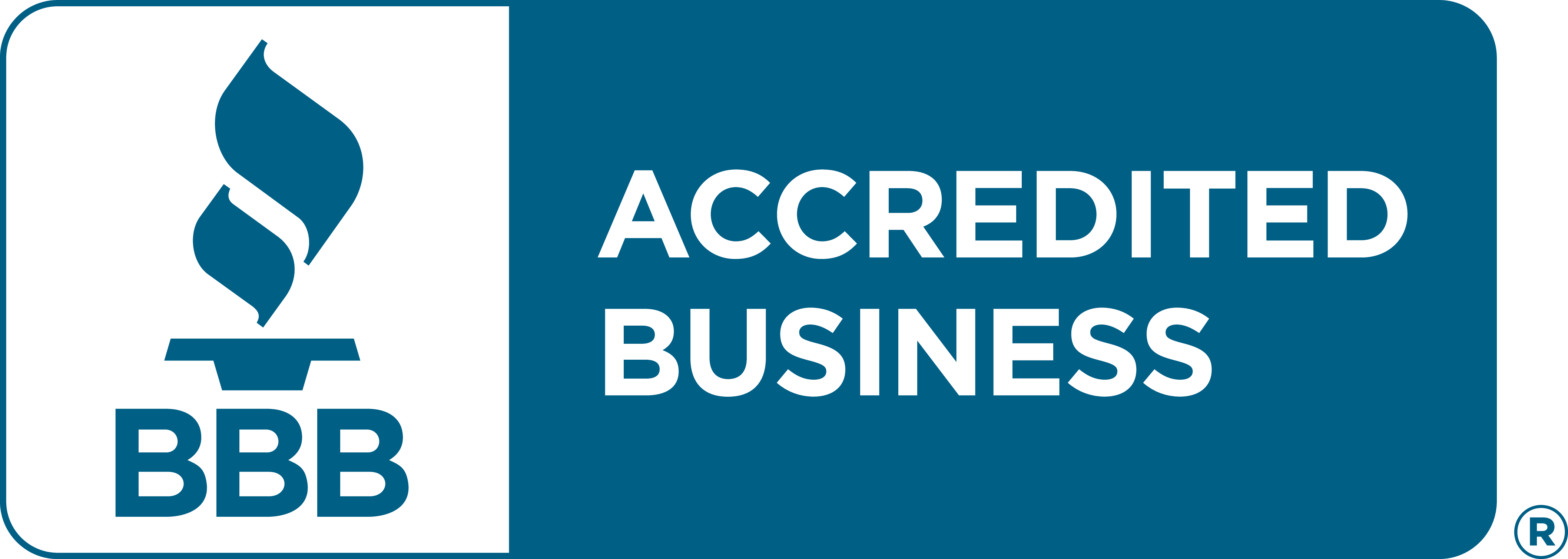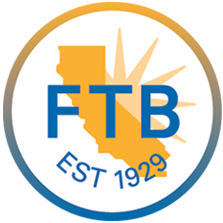IRS Schedule K (Form 1120-S): Comprehensive Summary of S Corporation Income, Deductions & Credits
Excise Tax Forms
Employment Tax Forms
Information Returns
Exempt Org. Forms
Extension Forms
FinCEN BOIR
General
Schedule K (Form 1120-S) plays a pivotal role in the S corporation tax filing process as it provides a comprehensive summary of the corporation’s financial activities for the tax year. This schedule consolidates the income, deductions, credits, and other tax attributes that affect the shareholders.
While Form 1120-S shows the overall tax return, Schedule K focuses on summarizing items that flow through to shareholders on Schedule K-1, enabling accurate individual reporting on their tax returns.
Accurately completing Schedule K ensures the IRS receives a full picture of your corporation’s tax attributes and supports transparent, consistent reporting to shareholders.
What Is Schedule K (Form 1120-S)?
Schedule K is often described as the “corporate-wide summary schedule” of your S corporation’s financial and tax items. It includes multiple categories of income, deductions, credits, and adjustments that collectively represent the tax implications of your business activities.
Items reported on Schedule K include but are not limited to:
- Ordinary business income or loss: Net income from the corporation’s main operations after allowable deductions.
- Rental income or loss: Income and expenses related to rental real estate and other rental activities.
- Interest and dividend income: Including ordinary interest, tax-exempt interest, and dividends, both ordinary and qualified.
- Capital gains and losses: Realized on sales or exchanges of capital assets, separated into short-term and long-term components.
- Deductions: Such as Section 179 expense deductions, charitable contributions, and other expenses deductible on the corporate level.
- Credits: Tax credits earned and available, including foreign tax credits and general business credits.
- Other items: Such as tax-exempt income, nondeductible expenses, distributions, alternative minimum tax (AMT) items, and foreign transactions.
Each item in Schedule K is carefully categorized to inform the IRS and shareholders of their potential tax impact.
Detailed Breakdown of Schedule K Sections
1. Ordinary Business Income (Loss)
This section reports your corporation’s net ordinary income, which is the bottom-line profit or loss from normal business operations after all deductible expenses. It excludes portfolio income or separately stated items.
2. Rental Real Estate and Other Rental Income
Separate lines report rental income and loss, splitting real estate rentals from other rental activities such as equipment or vehicle leases. These must be reported to correctly allocate passive activity income and losses.
3. Portfolio Income
Interest income, dividends, and capital gains that come from investments or passive sources are reported here. Interest income includes tax-exempt interest, which requires special reporting for tax-exempt portfolios.
4. Deductions
This includes distributions that affect shareholder basis such as Section 179 expense deductions (immediate asset expensing), charitable contributions, and deductions tied to other income categories.
5. Credits and Other Tax Items
Reflects tax credits eligible to the corporation and passed on to shareholders. These include foreign tax credits, general business credits, and specific AMT items that may modify shareholder tax calculations.
6. Other Income and Adjustments
This catch-all category includes items such as:
- Tax-exempt income
- Nondeductible expenses
- Expenses related to tax-exempt income
- Income from foreign operations
- Certain distributions or adjustments required by the IRS
Who Must Complete Schedule K?
All S corporations filing Form 1120-S must complete Schedule K regardless of corporation size or income, as it forms the foundation for shareholder tax reporting.
How Schedule K Interacts With Schedule K-1 and Other Schedules
- Schedule K aggregates the corporation’s total financial data.
- Schedule K-1 breaks down these totals by shareholder, showing their pro-rata shares. Each shareholder uses their Schedule K-1 to report income and deductions on personal or other tax returns.
Additionally, Schedule K information corresponds and reconciles with other corporate schedules such as:
- Schedule L: The corporate balance sheet.
- Schedule M-1: Reconciliation of book income with taxable income.
- Schedule M-2: Analysis of retained earnings and accumulated adjustments.
Filing Deadlines and Extensions
Schedule K must be filed alongside Form 1120-S by the S corporation’s tax filing deadline.
| Entity Type | Main Return | Filing Deadline (Tax Year 2025) | Extension Form |
|---|---|---|---|
| S Corporations | Form 1120-S | March 16, 2026 | Form 7004 |
Common Errors and How to Avoid Them
| Error | Consequence | Prevention Tip |
|---|---|---|
| Misreporting income or deductions | IRS penalties and inaccurate taxes | Double-check with financial statements and tax rules |
| Failure to allocate shares correctly | Shareholder tax under/over reporting | Use precise ownership percentages and reconcile K/K-1 |
| Omitting foreign or tax-exempt details | Audit risk and compliance issues | Review foreign income and credits carefully |
| Missing Schedule K with Form 1120-S | Return rejection or delay | Use software or professional review to ensure inclusion |
Best Practices for Schedule K Preparation
- Keep accurate books and records throughout the year, categorizing income and deductions correctly.
- Coordinate between your accountant and tax preparer to ensure all items are correctly reported.
- Use TaxZerone’s e-filing platform which provides automated validations and Schedule K inclusion to reduce errors.
- Review shareholder agreements to verify proper income allocation and reporting compliance.
Frequently Asked Questions (FAQs)
1. What does Schedule K report?
Schedule K consolidates your S corporation’s income, deductions, credits, and other tax items into a summary for IRS and shareholder reporting.
2. Is Schedule K mandatory?
Yes, all S corporations filing Form 1120-S must complete and file Schedule K.
3. How do shareholders use Schedule K?
Shareholders use Schedule K to understand the corporation’s total tax items, then refer to their Schedule K-1 for individual reporting.
4. Can Schedule K be filed electronically?
Yes, electronic filing platforms like TaxZerone include Schedule K in the full Form 1120-S e-file submission.
5. What happens if Schedule K is incorrect or missing?
The IRS may assess penalties and shareholder tax reporting may be inaccurate, increasing audit risk.












